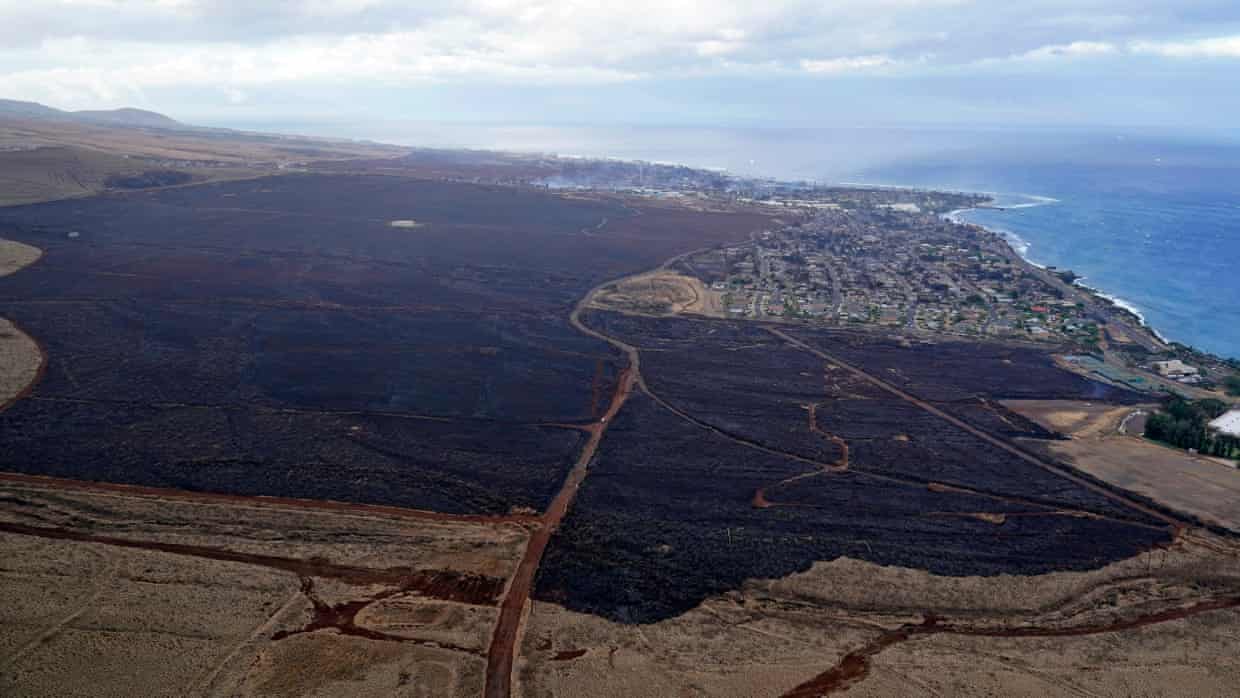
Scientists and academics say they have been warning for several years that invasive grasses covering a quarter of the Hawaii islands are a major fire risk.
Untamed grassland helped fuel the spread and intensity of last week’s deadly fires on the island of Maui, according to experts. The fires, which broke out last Tuesday, have killed at least 106 people and destroyed the island’s historic town of Lahaina.
A July 2021 report on wildfire prevention by a Maui government commission warned that non-native grasses are making Hawaii more vulnerable to destructive fires, saying their presence, particularly on abandoned sugarcane fields, provides a source of “combustible, rapidly burning fuels” that “needs to be addressed”.
The non-native grass species include fountaingrass (Cenchrus setaceus) and Guinea grass (Megathyrsus maximus), both of which have “adapted to thrive with fire”, according to a factsheet from the Pacific Fire Exchange (PFX), a Hawaiian fire science communication project. The grasses, PFX said, were originally introduced to feed cattle and provide ornamentation.